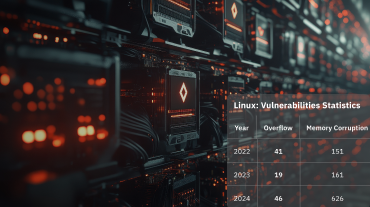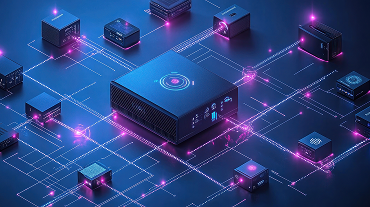Security Challenges in the Oil & Gas Industry
Oil and Gas organizations operate high-value, mission-critical infrastructure that is increasingly targeted
by sophisticated cyber threats. Disruption can lead to costly downtime, safety risks, regulatory penalties,
and reputational damage – making robust, real-time protection essential.
The Most Common Cyber Threats
How AI EdgeLabs Secures Oil & Gas Operations
Prevent Downtime
Real-time monitoring and instant threat response prevent disruptions and ensure continuous, safe operations.
Unified Security Approach
Integrates Network Detection and Response (NDR), Endpoint Detection and Response (EDR), and Intrusion Detection/Prevention Systems (IDS/IPS) for holistic protection.
Automated Playbook Generation
Creates and executes AI-driven response playbooks for rapid, effective incident management.
Adaptable to Challenging Environments
Operates efficiently in bandwidth-constrained, intermittently connected, and remote locations – ensuring robust security across all assets and sites.
Comprehensive Threat Detection & Response
Automated, AI-driven detection and mitigation of threats before they impact critical assets or processes.
AI-Driven Security
Leverages GenAI to predict and counteract sophisticated cyber threats with speed and precision.
AI Security Assistant
Delivers actionable insights and recommendations based on the latest threat intelligence.
Built to Protect Oil & Gas Leaders
Compliance-Driven Procurement
Meet NIS2, ISO/IEC 62443, and other standards to support contracts with regulated partners.
Reduced Risk & Cost
Prevent downtime and breaches with minimal hardware and lower total costs than legacy solutions.
Continuous Operations
Ensure uninterrupted, real-time protection for critical oil & gas infrastructure.
Discover Real-World Impact
Related Materials
Secure your operations with AI EdgeLabs and stay ahead of cyber threats.









